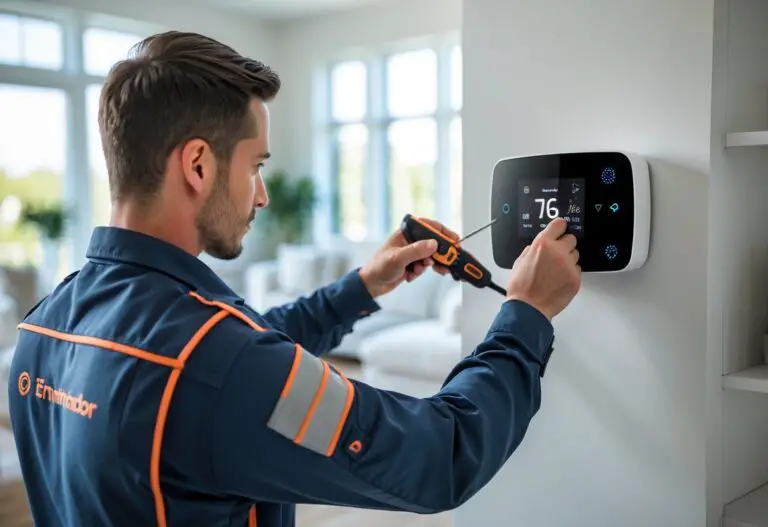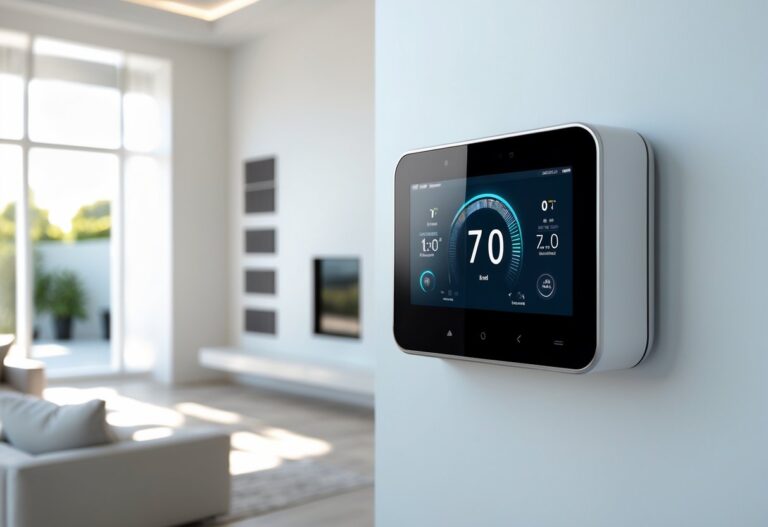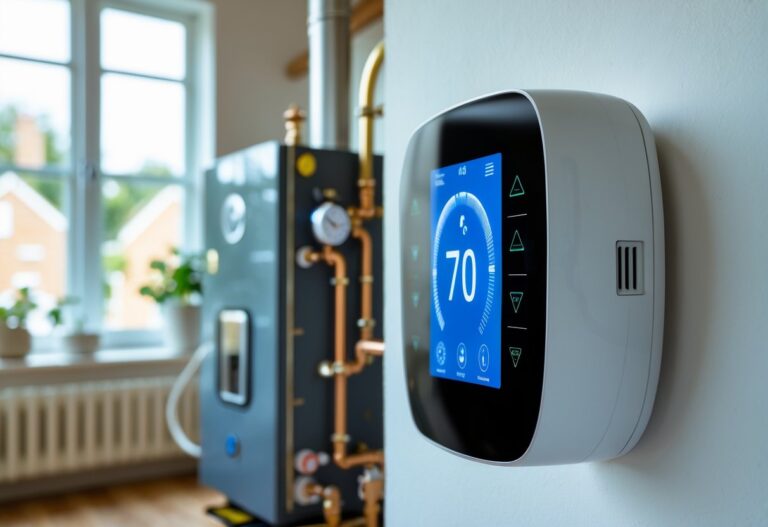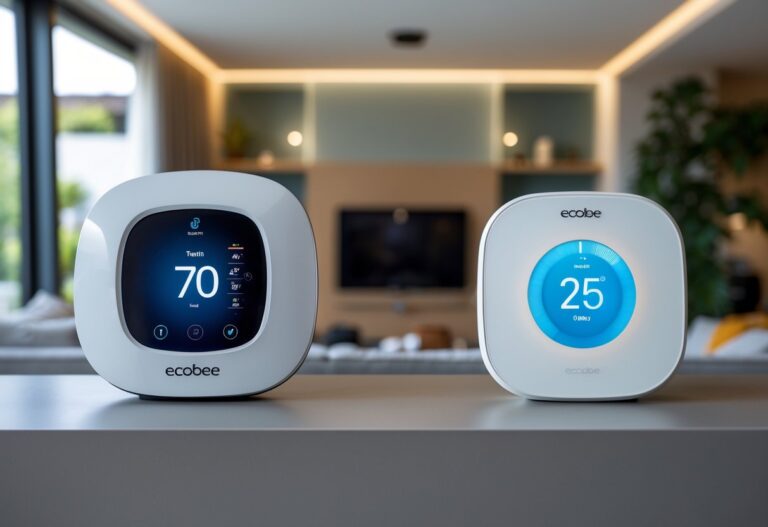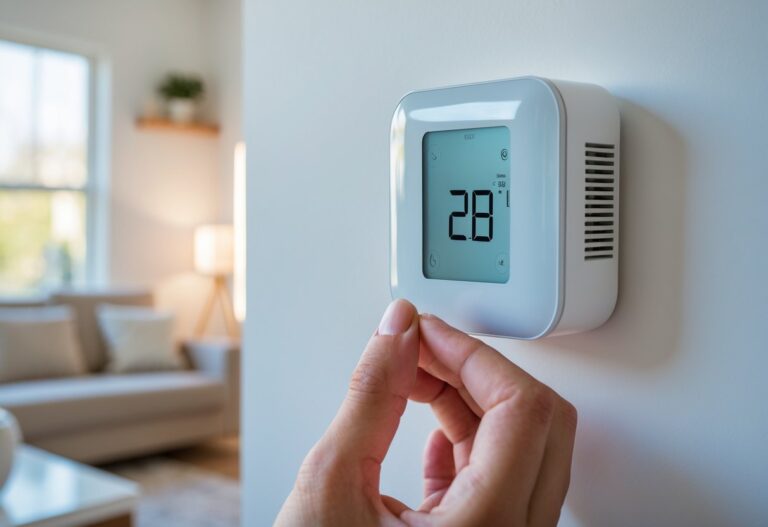Choosing between Google Home and Google Nest can be confusing if you’re setting up a smart home. Over the years, Google has changed the names and roles of its smart devices and apps, which can make it hard to know what you really need. The main difference is that Google Nest now serves as the brand name for all of Google’s smart home devices, while Google Home originally referred to the first generation devices and is now mostly used for the app that controls them.

Understanding what sets Google Home and Google Nest apart helps you manage your smart speakers, security cameras, and other connected devices more easily. Learning these differences can help you make smarter choices about which products to buy and how to connect them in your home.
Key Takeaways
- Google Nest is the current name for Google’s smart home devices.
- The Google Home app controls most Google and Nest smart devices.
- Knowing the differences helps you pick the right products for your needs.
Key Differences Between Google Home and Google Nest
Google Home and Google Nest are both Google’s smart home product families, but they have different histories, designs, and compatibility. Understanding how branding, product options, and device support have changed can help you choose the right devices for your home.
Brand Evolution and Naming
Google Home was first launched as a line of smart speakers, beginning with the original Google Home device. These speakers used the Google Assistant to help you control your home with voice commands.
Nest Labs was a separate company known for products like the Nest Thermostat. Google bought Nest in 2014. Over time, Google merged Nest’s products into its own lineup, eventually switching from “Google Home” to the “Google Nest” name for new devices.
Today, “Google Nest” covers a broader range, including speakers, displays, thermostats, cameras, and doorbells. Older speakers like Google Home Mini are still supported, but most new products now use the Nest name, marking Google’s shift toward a single, unified smart home brand.
Design and Product Lineup
The original Google Home devices were simple smart speakers with fabric or plastic covers. The lineup included the standard Google Home, Google Home Mini, and Google Home Max.
After rebranding, Google Nest introduced modern designs with softer shapes and more color choices. You now see products like the Nest Mini (which replaced Google Home Mini), the Nest Hub and Nest Hub Max (smart displays with screens), and the Nest Audio speaker.
Nest devices usually have improved sound, added features like displays and cameras, and updated designs to blend into your home. For quick comparison, here is a table showing the transition:
| Product Type | Google Home | Google Nest |
|---|---|---|
| Small Speaker | Home Mini | Nest Mini |
| Large Speaker | Home Max | Nest Audio |
| Display | None | Nest Hub, Hub Max |
| Thermostat | None | Nest Thermostat |
Supported Devices and Compatibility
Both Google Home and Google Nest are built to support Google Assistant for voice control. This lets you use voice commands for news, weather, music, or smart devices.
However, there are differences in which app you use to control certain products. Some older Nest devices, like the Nest Thermostat, may still need the dedicated Nest app, while most newer devices work with the Google Home app.
Newer Nest speakers, displays, and cameras use the latest technology and security updates. They also often allow broader smart home integration. But if you have a mix of older and newer devices, you may need to use both the Google Home and Nest apps to control everything in your home.
Features and Functionality
Google Home and Google Nest offer smart home controls, voice-activated features, and integration with many devices and apps. Differences come down to performance, app controls, and extra abilities such as displays or improved sound.
Voice Control and Google Assistant
Both Google Home and Nest devices use Google Assistant for voice control. You can ask questions, set reminders, play music, or control other smart home devices just by speaking.
Google Assistant works with both iOS and Android, letting you use your phone or speaker to manage your home. You can say things like “Hey Google, turn off the lights” or “Remind me to take out the trash.” Voice recognition is built in, and the devices can respond to individual users by recognizing their voice.
You can set routines, get weather updates, or even control your TV with Chromecast. Both device lines respond to the same voice commands and support similar features when it comes to basic tasks.
Home Automation Capabilities
You can link both Google Home and Google Nest devices to a wide range of smart home technology such as lights, plugs, thermostats, cameras, and more. They work with brands like Philips Hue, Nest, and many others.
The Google Home app is your control center for setup and management. Google Nest devices can sometimes use the Nest app, especially for older cameras and thermostats, but newer devices rely more on the Google Home app. Both app options allow you to add devices, set schedules, and monitor your home.
You can use automation features like routines, which control several devices at once with a single command. Some advanced users also connect their Google devices to services like IFTTT (If This Then That) for custom actions.
Audio Quality and Smart Speaker Performance
Older Google Home speakers have decent audio quality for their size, but more recent Google Nest devices, such as the Nest Audio, offer improved sound for music and voice. Nest speakers often feature clearer highs and deeper bass.
If you mostly use your device for listening to music or podcasts, you will notice a difference with newer Nest models. Compare the devices side by side and you may hear that Nest models provide richer, fuller sound for your living room or kitchen.
Both Home and Nest devices support multi-room audio, letting you play music across several speakers at once. You can also use your speakers as intercoms or to make voice calls with Google Duo.
Smart Display Features
Certain Google Nest devices, like the Nest Hub and Nest Hub Max, come with built-in smart displays. These offer visual feedback and extra features that basic speakers do not.
With a smart display, you can view weather updates, follow step-by-step recipes, watch YouTube videos, or see camera feeds from your Nest cameras. Touch controls make it easy to swipe and tap through apps and settings.
You can manage your entire home with the display interface, check your calendar, and see visual reminders. The addition of a screen gives you more ways to interact, turning the device into a centerpiece for your smart home.
Security and Smart Home Integration
Google Home and Google Nest devices offer a range of features for home security and smart device integration. You can connect security cameras, smart thermostats, and other products to improve your home’s safety and automation options.
Home Security Devices and Monitoring
Google Nest focuses strongly on home security. Devices like the Nest Cam and Nest Doorbell let you watch live video of your home. These cameras can send alerts to your phone if they notice motion or unusual activity.
The Nest Guard acts as an alarm system and can blend with other Nest products for a complete setup. The Nest Protect works as a smoke and carbon monoxide detector. All these devices are designed to give you more control and alerts for common safety risks.
You can use the Google Home app to manage some security settings, but the original Nest app allows for more detailed camera viewing and device control. When you upgrade newer Nest cameras, you may need to use the Google Home app to access them, as they might not work with the old Nest app.
Integration with Third-Party Smart Devices
Both Google Home and Nest support integration with a wide range of smart devices. You can connect lights, door locks, and plugs from brands like Philips Hue and August. This allows you to control devices using voice commands through Google Assistant.
Below is an example of commonly supported device types:
| Device Type | Examples |
|---|---|
| Lights | Philips Hue, Lifx |
| Thermostats | Nest Learning Thermostat |
| Smart Plugs | TP-Link, Wemo |
| Door Locks | August, Yale |
You may need to set up accounts or link partner apps to enable full compatibility. Smart home integration lets you manage many devices from one hub, making your daily routines easier.
Automation and Smart Home Routines
Google Nest and Google Home allow you to set up routines that automate tasks. For example, you can create a “Good Night” routine to turn off the lights, lock the doors, and lower the temperature with the Nest Learning Thermostat.
You can schedule smart lights and plugs to turn on or off at set times. When you combine devices, you can control them all with one command or on a custom schedule.
Creating routines is simple using the Google Home app. Just select actions, pick which devices to include, and set triggers like time or voice commands. This lets you personalize how your home responds to your needs, improving comfort and energy savings.
Cost, Availability, and Buying Considerations
You should consider both price differences and which devices work best with your preferred apps. Device compatibility and where you buy also play a big role in your decision.
Pricing Comparison
Google Home devices tend to be older models, like the original Google Home speaker and Google Home Mini. These are sometimes still available, but usually at lower prices or through third-party sellers.
Google Nest products are newer and include a wider range, such as the Nest Audio, Nest Hub, Nest Mini, and Nest displays. They often cost more than older Google Home units. For example, the Nest Audio is priced higher than the original Google Home Mini, but adds improved sound quality and features.
Occasionally, stores have discounts or bundle deals. Availability can depend on your location and the specific device model. You may find Nest products at major retailers, electronics stores, and directly from Google’s website. Older Google Home devices may be harder to find, especially in new condition.
Device Ecosystem and App Support
Google Home and Nest devices use the Google Home app for setup and control. You can use this app on both Android and iOS. The Google Home app lets you manage speakers, displays, cameras, and routines from one place.
Some older Nest products, like Nest Thermostats and Nest Cameras, can also be controlled with the Nest app. However, Google is moving most features to the Google Home app for better integration. If you have both old and new Nest devices, you may still need both apps for now.
When comparing, remember Nest devices are meant to work together. This means if you prefer a more connected smart home, the Nest lineup using the Google Home app will likely offer you the best experience. Check app compatibility and updates before you buy, especially if you have iOS devices or plan to mix older and newer products.
